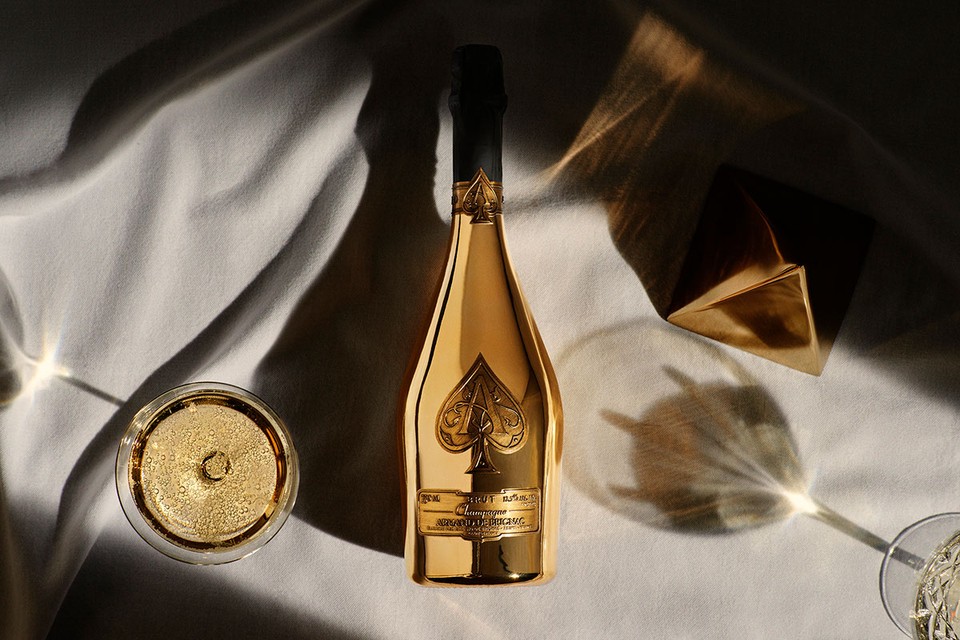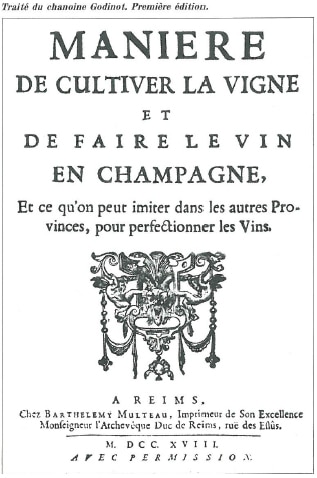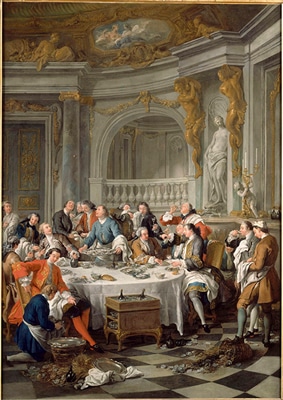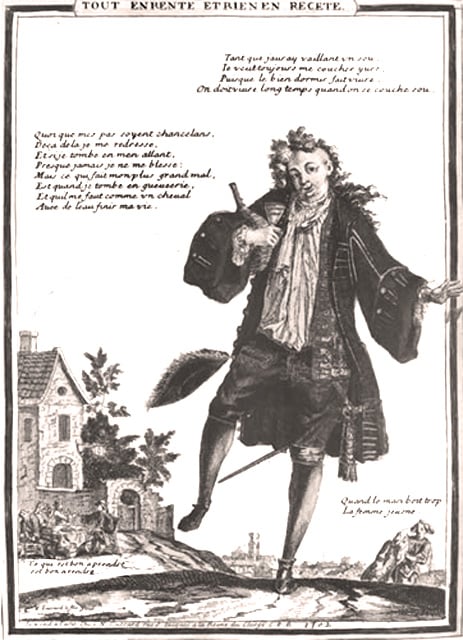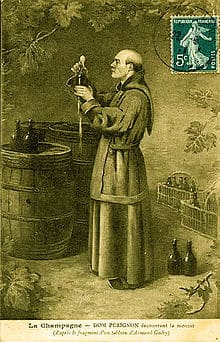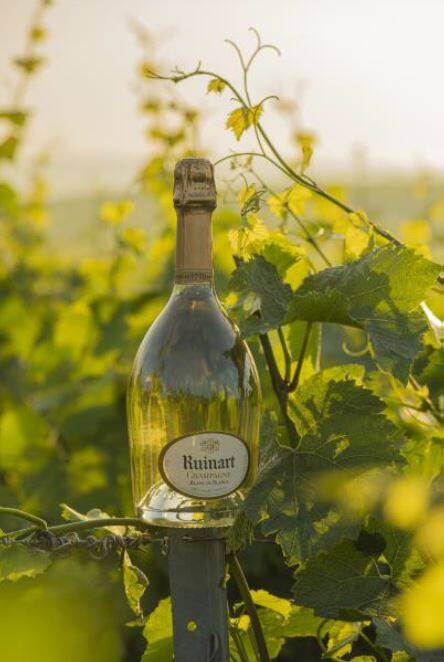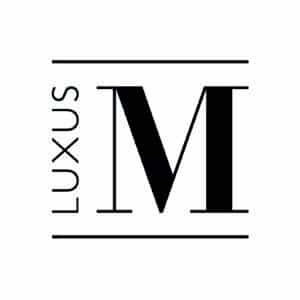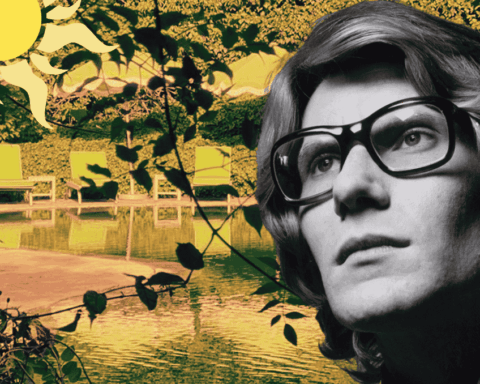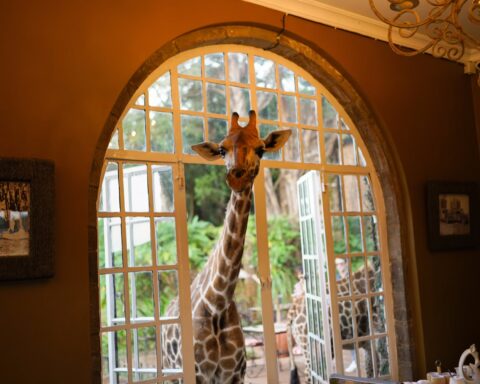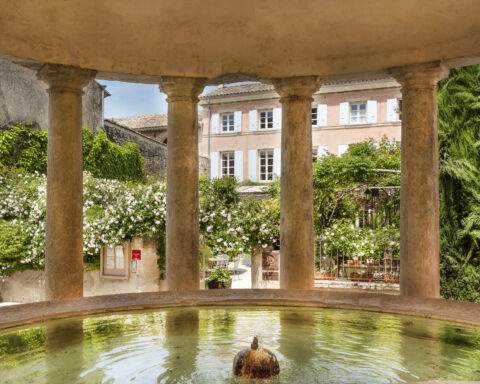Since 2009, the last Friday of October has been dedicated to the celebration of World Champagne Day. This is an opportunity to retrace the history of this French sparkling wine, which has become an integral part of the festive atmosphere in France.
This year, World Champagne Day falls on Friday, October 22, 2021. Before rushing out to buy a bottle of Ruinart to celebrate, let’s first look at the origins of this sparkling elixir.
The first traces of vine cultivation in Champagne date back to Antiquity, during the Gallo-Roman period, when vases and cups were found. But archaeologists and historians qualify these discoveries, suggesting that the containers could contain water, mead, or any other liquid.
Thus, it seems complicated to date with exactitude the appearance of champagne, but we know, on the other hand, that the vineyards of the north of Gaul were not born until the fourth century. On Christmas Eve 496, the king of the Franks Clovis was crowned in Champagne and the celebration of his coronation was enhanced by Champagne wines.
From 898 to 1825, the link between royalty and champagne is confirmed by the choice of the city of Reims, located in the Champagne region, for the coronations of kings. Legend has it that King Louis XIV received hundreds of bottles of Champagne wine at his coronation.
Under the reign of Henri IV, the appellation “vin de Champagne” is finally acquired in Paris, but struggles to enter the common language, because the word champagne designated then non-fertile lands. The wine of Champagne quickly imposes itself on the royal court of France, but also of England.
It is from 1660 that the wine of Champagne will be bottled to guarantee better conservation. The wine bottle, conceived by the English, will be quickly improved thanks to the arrival of the corks and the sulfiting of the barrels initiated by the Dutch. The wine of Champagne becomes then sparkling during the small ice age, characterized by long and hard winters.
In 1670, a key figure in the history of Champagne intervened: Pierre Pérignon, known as Dom Pérignon, a Benedictine monk in charge of managing the property of the abbey of Hautvillers. Dom Pérignon, often cited as the inventor of Champagne, became the first to assemble grapes from different vintages and varieties of the conception of the wine, reinforcing its quality and its aromas.
Pierre Pérignon quickly passed on his discovery to the winemakers of Champagne and some even credit him with adding the cork button supported by an oil-soaked hemp string, as well as strengthening the glass of wine bottles. The man who perfected wine will give his name to one of the most famous brands of champagne, acquired today by the world leader in luxury goods LVMH.
Numerous references to Dom Pérignon‘s discoveries are still present in literature, embellishing the legend of the Benedictine monk. The American writer John Green wrote, in The Fault in Our Stars : “Do you know what Dom Pérignon said after he invented champagne? He called his brother monks and told them: come quickly, I taste the stars“.
Faced with the infatuation of the royal courts around the sparkling white wine, the first Champagne House will be officially founded in 1729 by Nicolas Ruinart. It will be born thanks to a decree of the Royal Council of May 25, 1728 under King Louis XV, authorizing the transport of wine in bottles. Indeed, the transport was then done only in barrels, a method of conservation unsuitable for champagne. Today, the historic Ruinart house also belongs to the LVMH group.
Read also > HÔTEL MADAME : ZOOM ON THE NEW ARRIVAL OF THE FORMER POST OFFICE OF THE LOUVRE
Featured photo : © Press




